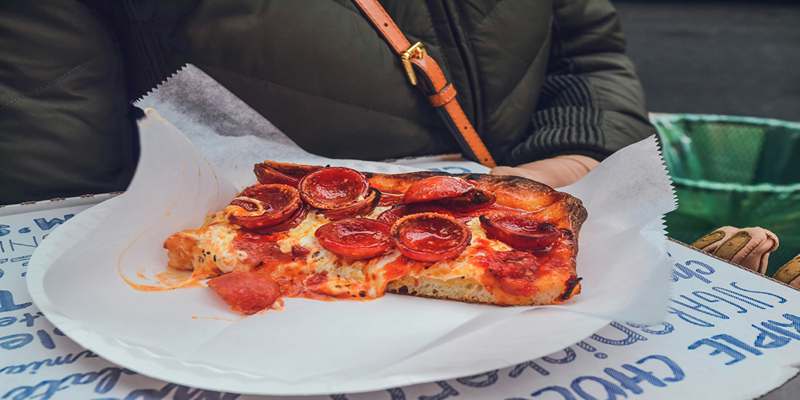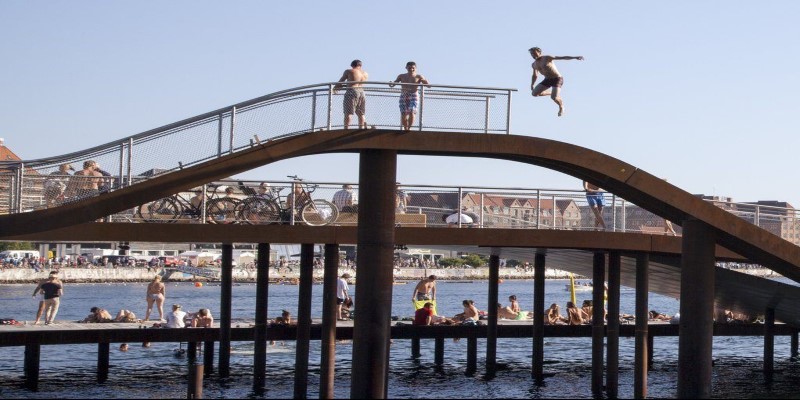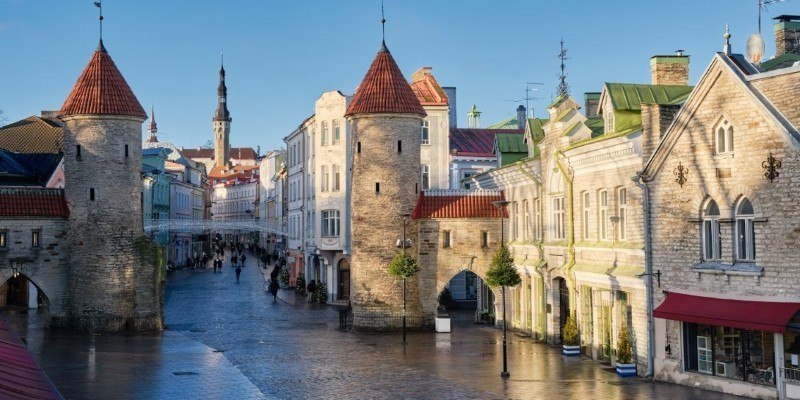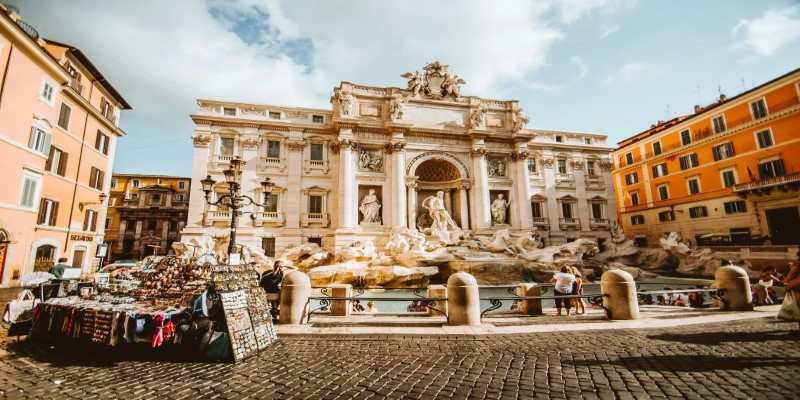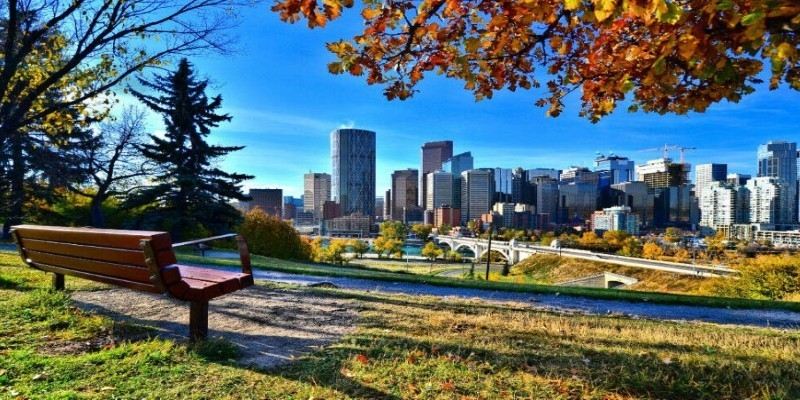Rome may be known for the Colosseum and the Vatican, but those alone won’t show you the real heart of the city. If you're looking to move beyond tourist lines and into the daily rhythm of Roman life, it starts with knowing where to go. The neighborhoods here are more than just places—they each carry a personality. Some are gentle and slow, others move with a certain confidence that doesn’t need to be loud. Together, they paint a fuller picture of what it means to actually live or spend time in Rome.
Best Neighborhoods in Rome to Really Get to Know the City
Trastevere: The Quiet Charmer
If Rome were a person, Trastevere would be the friend who never tries too hard but is always the one everyone wants to talk to. It’s where you go when you want to experience the city without feeling like a visitor. With its cobblestone lanes and ivy-covered buildings, it feels familiar even if it’s your first time here. The people live slowly here—coffee sipped without phones in hand, conversations stretched out with no end in sight.
Street musicians are common, but they don’t feel like a show. They're part of the street itself. You’ll find laundry lines above your head and locals greeting each other by name. Evenings bring out the soft glow from restaurants and gelaterias, but not in a rushed or chaotic way. The energy is steady and unforced.
Monti: Cool Without the Noise
Monti is one of those places where style meets self-awareness. It doesn't care for crowds or drama. What it offers instead is a clear sense of balance—small designer shops, tight alleyways, and locals who seem to know every inch of the place. You'll see people reading outside on their balconies or sitting with a single espresso for what seems like forever.
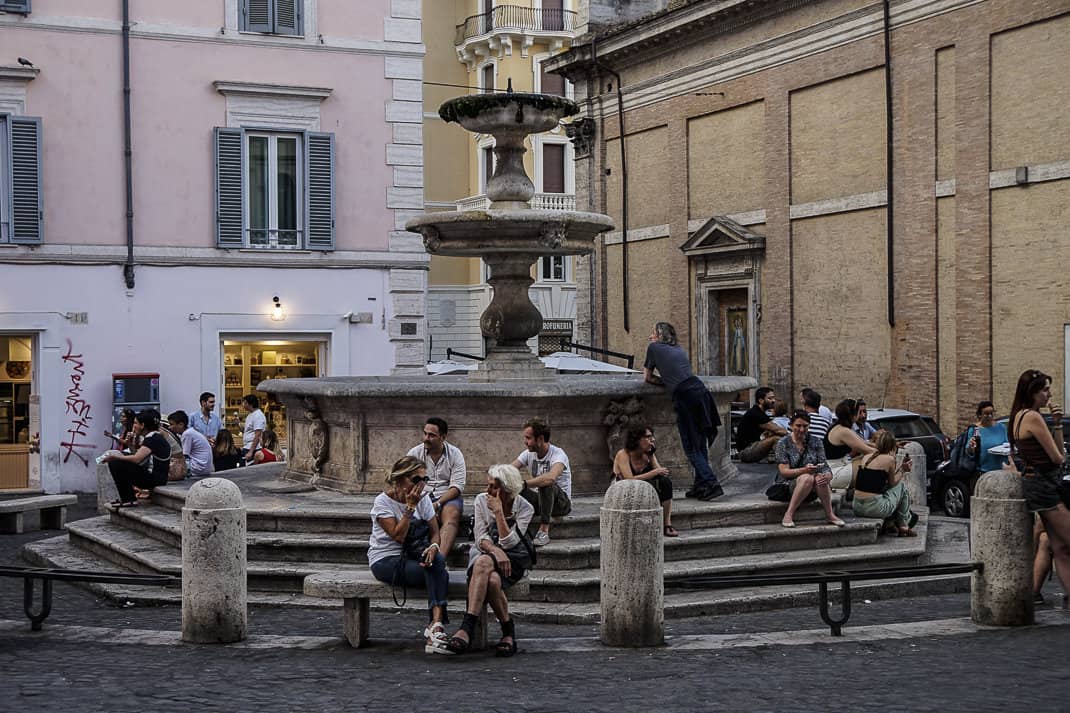
Unlike the louder parts of central Rome, Monti doesn’t advertise itself. But if you pay attention, you’ll see everything happening in the corners: tiny workshops, handwritten menus, and market stalls that seem to set up without much fuss. It’s easy to spend a full day here without any kind of agenda—just walking, observing, stopping when something feels right.
Testaccio: Where Rome Eats and Talks
Testaccio isn’t polished, and that’s the point. It’s where you’ll find the heartbeat of Roman food—not the fancy versions, but the kind that’s been passed down. The markets here aren’t dressed up for social media. They’re here for people who live nearby and need to shop, cook, and eat. And if you’re paying attention, this tells you everything about Testaccio.
People talk louder here. They wave their arms when they argue. And no one’s pretending to be anything. That kind of openness makes it easy to feel like you’re part of something—even if you’ve just arrived. Walls are often marked with murals and names. The Tiber flows nearby, and the pyramid at the edge of the neighborhood is a quiet reminder that nothing in Rome is just one thing.
San Lorenzo: Young, Worn-In, Unfiltered
This is where the students go, and with them come cheap cafes, secondhand bookshops, and walls full of opinions. San Lorenzo is not pristine, and it doesn't want to be. There's graffiti everywhere, but it's not careless—it's personal. The neighborhood feels like it was made from pieces of older things. Buildings have scratches, and the sidewalks are cracked, but none of them seem neglected.
People meet outside and stay there, holding drinks or slices of pizza wrapped in paper. If you want to hear Roman dialects mixed with student debates, this is where you go. You don’t need to dress a certain way or talk about anything special—just show up and be part of whatever’s going on.
Prati: Calm, Clean, Confident
Right next to Vatican City, Prati is wide and well-kept. You’ll notice straight streets and elegant buildings, but the mood here isn’t uptight. It just prefers order. People walk with intention, but they aren’t rushing. The shops are tidy, the cafes polished, but the pace remains manageable. This is a place for long walks, window shopping, and quiet thinking.
If you're someone who enjoys a more refined rhythm—without the flash—Prati is easy to settle into. It has a residential calm, but it's never boring. From here, you can walk to the Vatican in just a few minutes, but you won’t feel swallowed by its crowd. There’s enough space between the attractions and the daily life to make it feel liveable.
Garbatella: Old-Soul Rome
Garbatella feels like it remembers everything. It was built during the 1920s, and you can still feel that history in its courtyards and stairwells. It’s more of a community than a collection of streets. The buildings are soft-colored and covered in vines, and the people seem to know each other.
You’ll hear kids playing outside after school, neighbors talking from their windows, and the occasional quiet dog bark echoing through the courtyards. There’s something restful about being here. It doesn’t ask anything of you—it just lets you sit with it. Most visitors don’t make it this far, which is exactly why it feels special.
Pigneto: Sharp Edges, Creative Hands
Pigneto has corners that feel a little rough, but that’s part of its honesty. This is where many artists, writers, and musicians live or hang out. The streets are lined with walls full of color—some of it art, some of it protest, some of it just emotion without a name. It’s not polished, but it’s full of effort. People build things here.
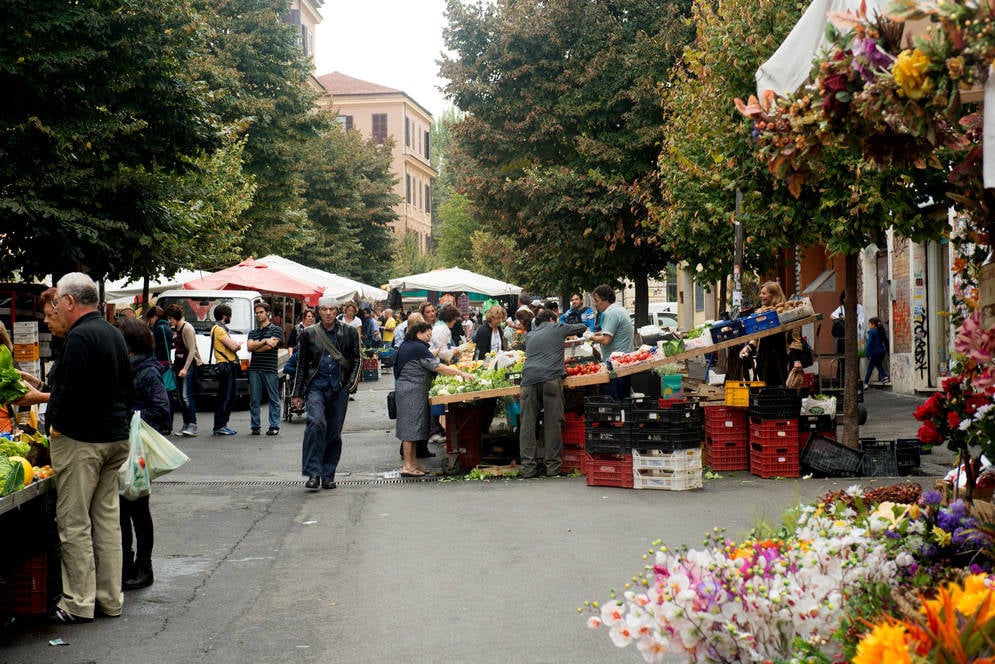
Ideas show up in the form of music, food trucks, open-air cinemas, or community events. There’s always something happening, but never in a predictable way. You may stumble into a poetry reading or see someone painting a new mural. Some places feel experimental, others deeply rooted. The people who live here often care about the direction their neighborhood takes, and that shows.
Ostiense: Old Industry, New Identity
Ostiense used to be an industrial zone, and in some parts, it still feels that way. But now it’s changing. Warehouses are being used for art exhibits. Old gasometers stand tall like sculptures. There’s a feeling that something’s shifting here, slowly but without apology.
The streets are wider and less crowded. You’ll find a mix of new cafes and long-standing local businesses. The neighborhood doesn’t shout. It just keeps working on itself. This is the kind of place where you can spot the old and the new sharing space—and neither seems out of place.
Conclusion
To really understand Rome, you have to let go of the idea that it's one thing. It's not a city you "do"—it's a city you notice. Each neighborhood speaks in its own tone. Some are soft, some bold, and some are hidden under layers of paint or history. But together, they tell the full story. If you want to get to know the real Rome, don't rush. Pick a neighborhood, walk with no goal, and let the city introduce itself.


